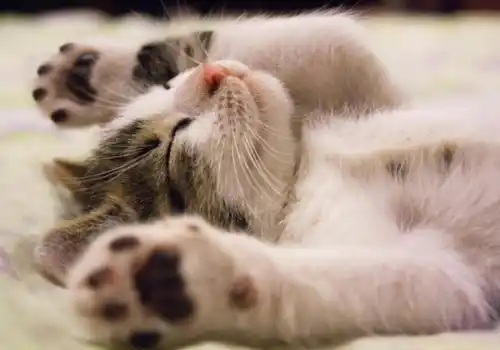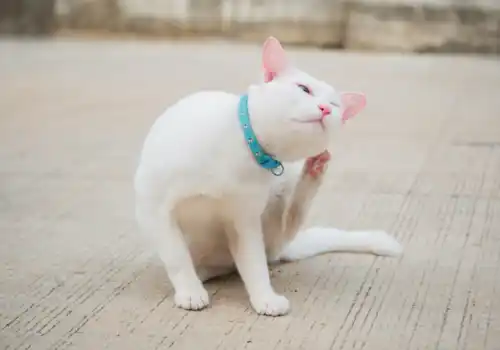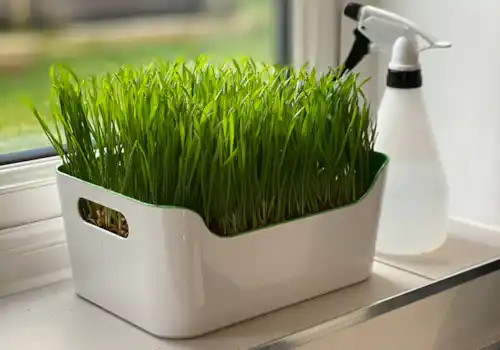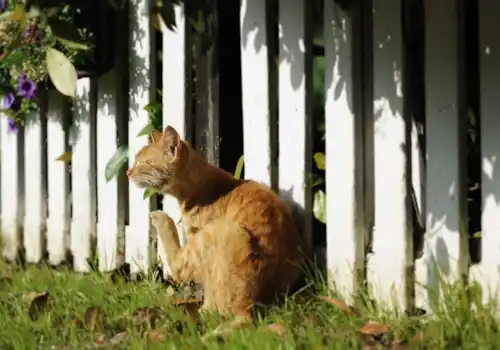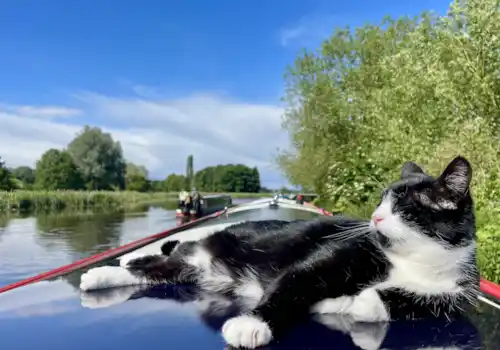Cats live in a world that is far richer in scent than ours. While we rely heavily on sight, your cat’s daily life is guided by olfactory messages we can’t even detect. Their noses are finely tuned instruments far more sensitive than ours, and their vomeronasal organ, located in the roof of the mouth, allows them to ‘taste’ scent particles for a deeper layer of information. (You may have seen this effect when your cat pulls that funny ‘stinky’ face expression) By Amanda Campion, Resident Feline Behaviourist at ‘Your Cat’
This scent-based superpower influences how cats interact with their environment, and it’s why some scents act as powerful attractants, triggering play, exploration, and even relaxation.
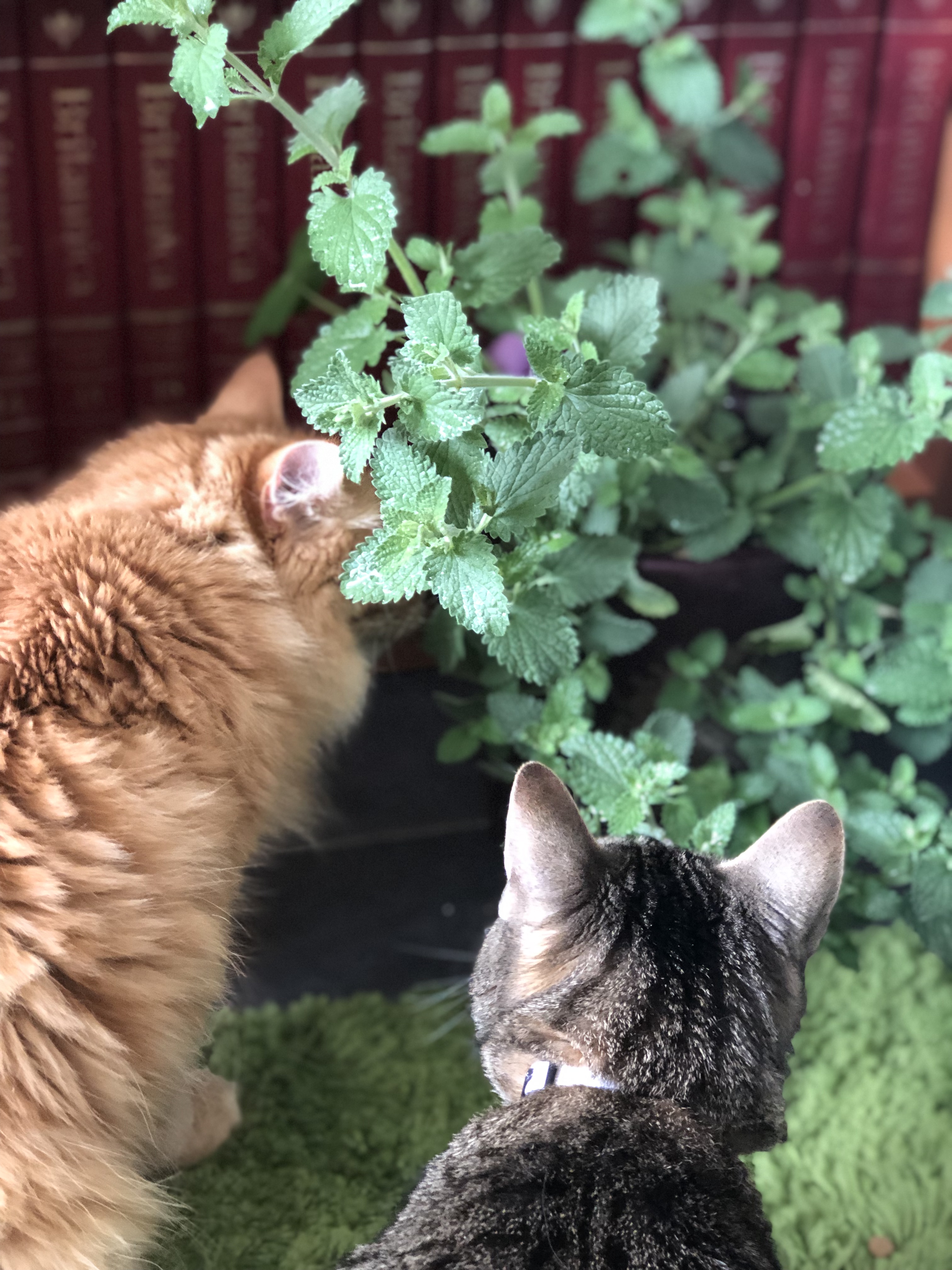
It's widely known how much cats enjoy Catnip
One of the most famous examples is catnip (Nepeta cataria). Contains a compound called nepetalactone, catnip binds to receptors in a cat’s nasal tissue and stimulates sensory neurons linked to mood and behaviour. For many cats, this results in a short-lived burst of euphoria, playfulness, rolling, cheek-rubbing, and purring. Not all cats are affected, and kittens usually grow to enjoy this as they age, although sensitivity to catnip is inherited, and around 30–40% of cats show little or no reaction.
But catnip is far from the only leafy attractant in the feline scent world. Silver vine or Matatabi (Actinidia polygama), popular in parts of Asia, contains not just nepetalactone but also actinidine and dihydroactinidiolide, which can appeal to cats that don’t respond to catnip. Other attractants include valerian root, Tatarian honeysuckle, Lemon Balm and Gall Fruit.
Why attractants matter
These scents aren’t just fun, they’re enrichment tools. For indoor cats, especially, introducing safe scented attractants can help mimic the mental stimulation they’d get from exploring the outside world. They can encourage play, promote exercise, and reduce boredom-related behaviours like overgrooming or attention-seeking. Feral cats are known to seek out Rosemary bushes to roll in for their parasitic repellent properties – Nature's flea control!
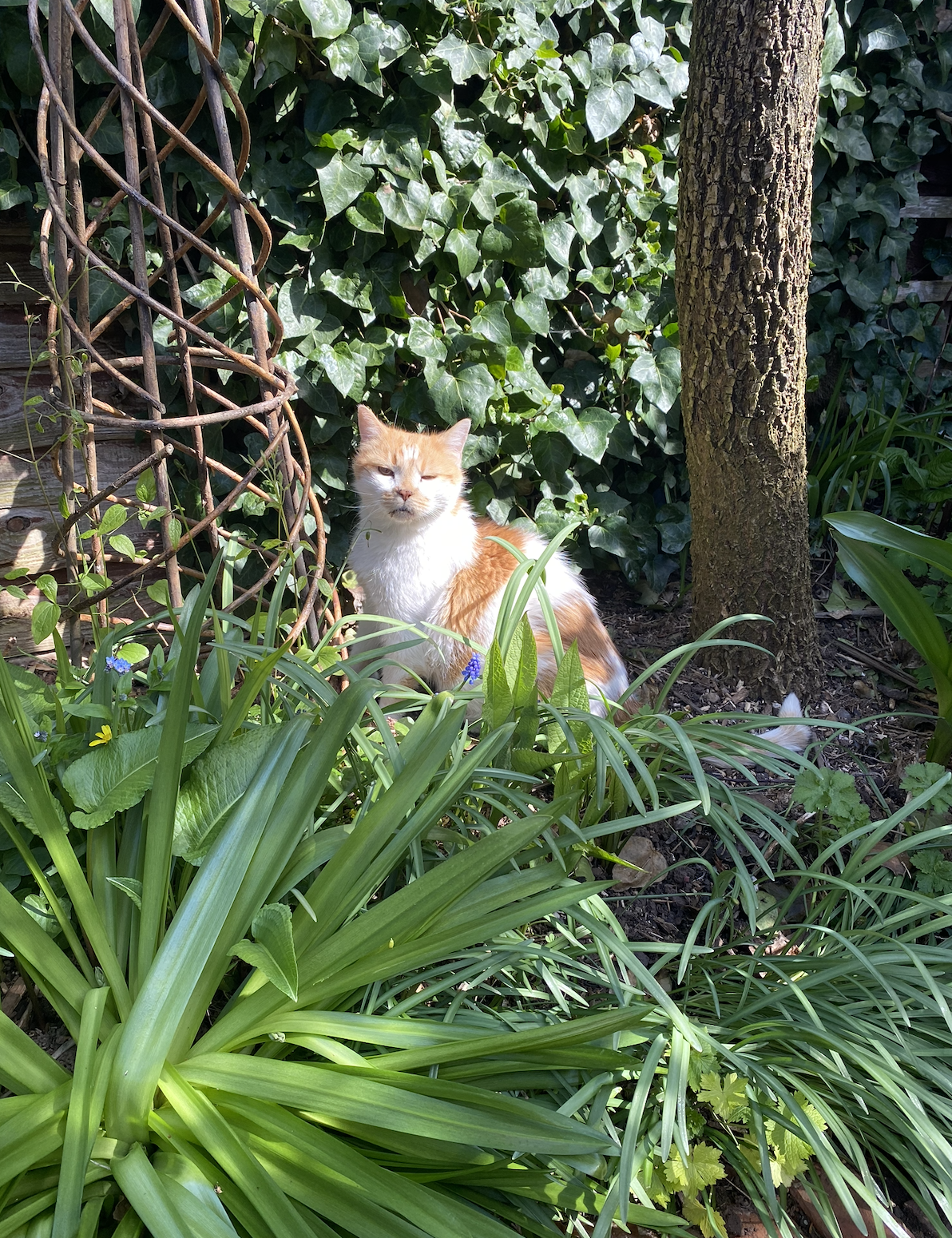
Nature offers many great scents
Scent also plays a role in training. For example, sprinkling catnip or silver vine on a new scratching post can make it instantly more appealing, steering your cat toward the desired behaviour. Create scent trails; nose work is not just for dogs. Cats can enjoy this activity, too.
Not just play, sometimes calm
Interestingly, some plant-based scents have a soothing effect rather than an excitable one. Valarian has a two-phased impact: initial arousal followed by a longer-lasting, calming effect. This can be more beneficial in a multi-cat home, where Catnip may cause a negative interaction caused by overstimulation.
Use scent wisely. When introducing a new attractant, always start small and observe your cat’s reaction. Some cats may become overexcited, while others may ignore it entirely. Rotate scents to keep them novel. Overuse can dull the response. Using scent enrichment, whilst valuable, should be part of a broader environment that includes opportunities for climbing, scratching, hiding, and play.
In the scent world of cats, smell is far more than a pleasant experience; it’s a communication tool, a motivator, and a source of joy. By learning which scents appeal to your cat, you’re not just adding fun to their day; you’re speaking directly to one of their most important senses.
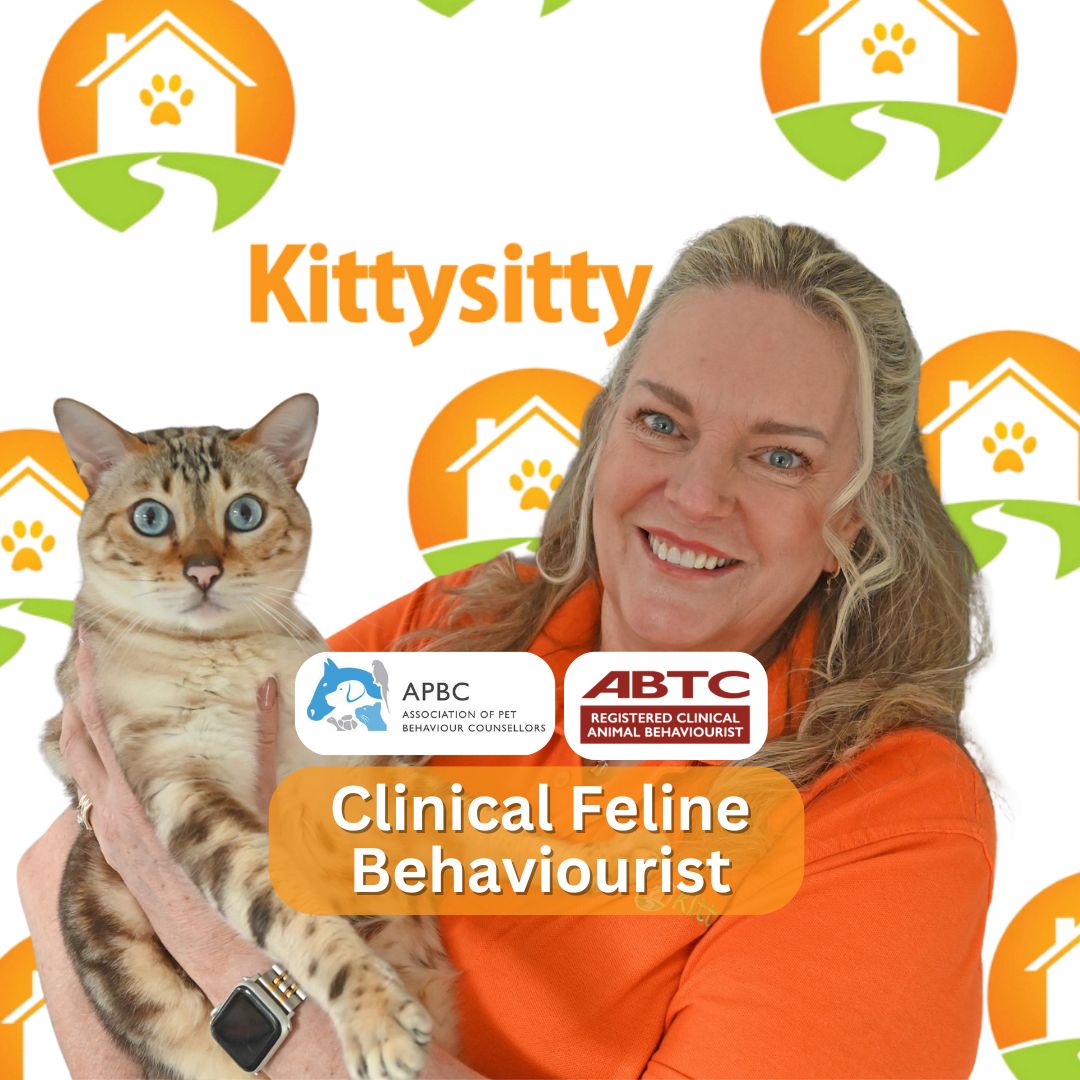
Check out Amanda's amazing content here:
Instagram: @kittysittycatbehaviourist
Facebook: Kitty Sitty Cat Behaviourist
TikTok: @kittysittycatbehaviour
Or you can check out her website here: kittysitty.net

